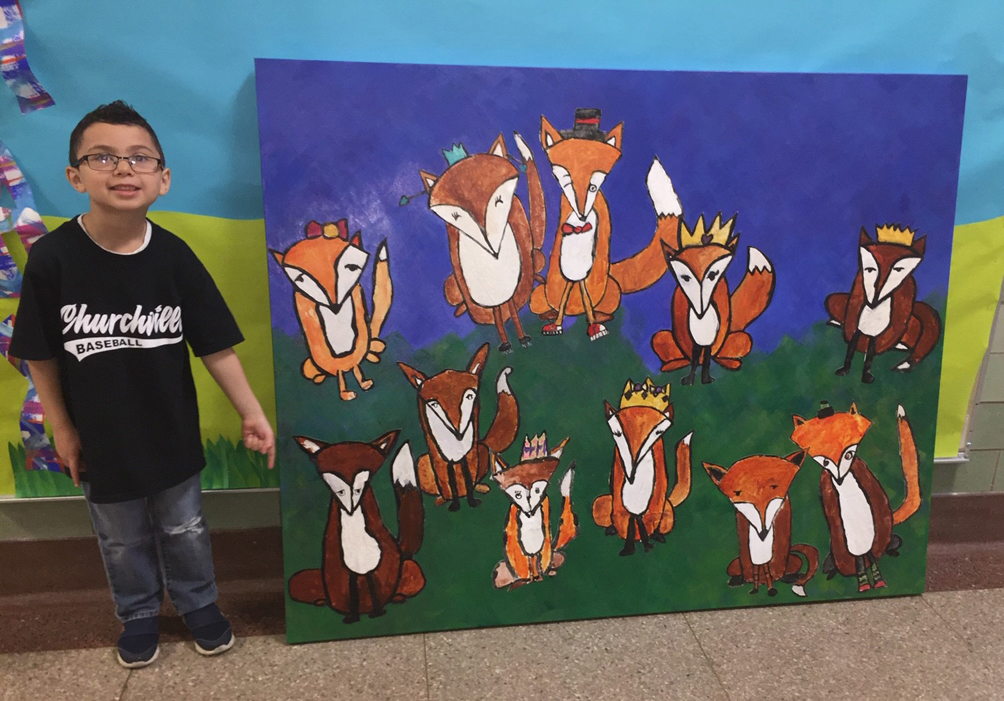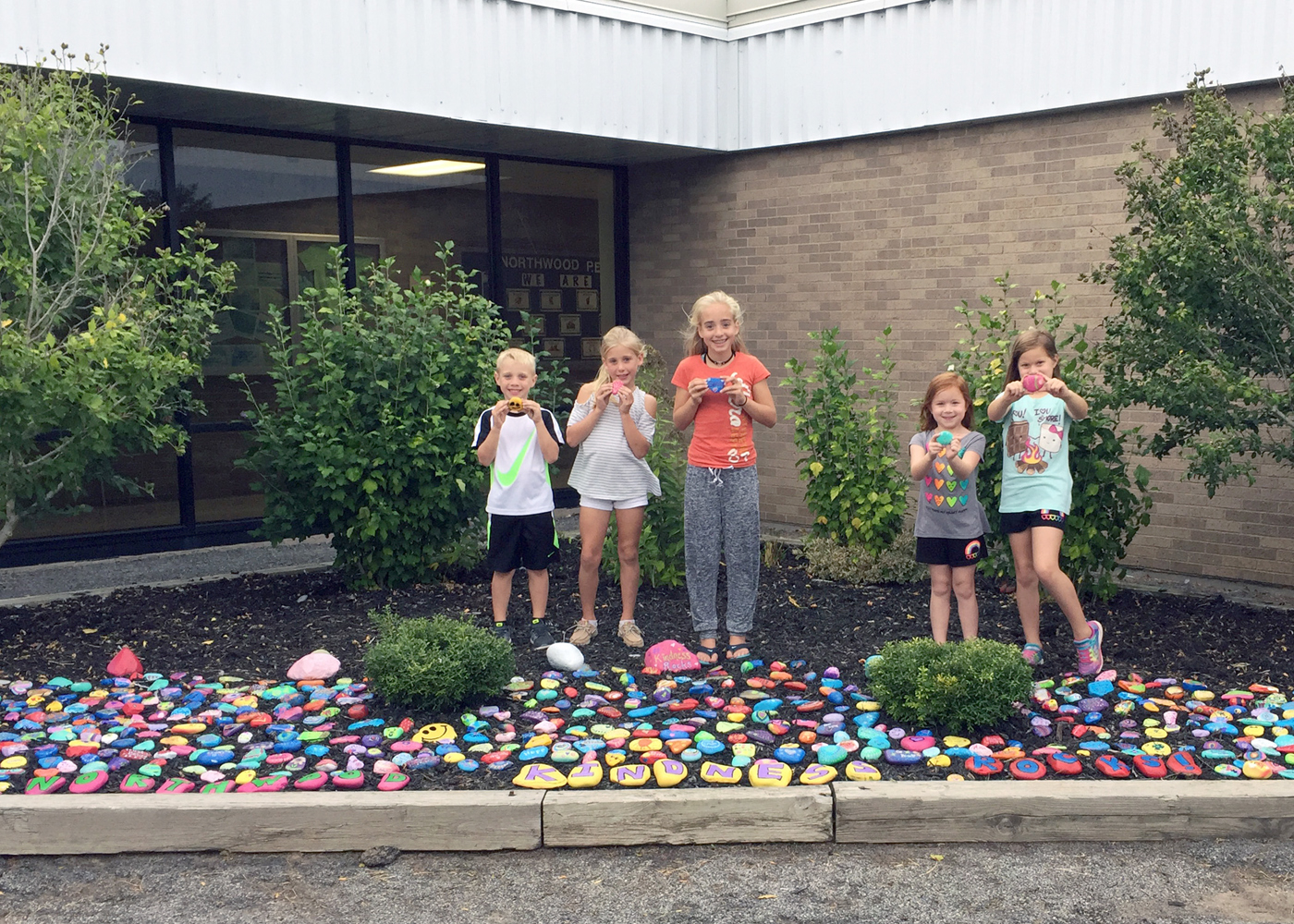Wheatland-Chili biology teacher champions biodiversity
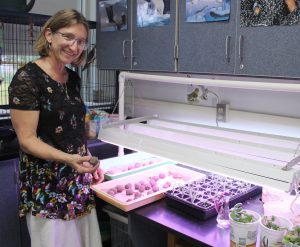
Wheatland-Chili biology teacher Kim LaCelle and her biology class are using the scientific method to develop wildflower seed bombs. LaCelle first had the idea after watching a video about reforestation. She decided to see if she could apply the same principals to bolstering insect habitats.
“People love flat, green lawns, but lawns are food deserts for insects and birds,” explained LaCelle. “I’ve collected wildflower seeds like milkweed, the host plant for Monarch butterflies. They make a two-thousand mile journey from Mexico in the spring and they need those host plants all along their journey.”
Monarch butterflies are just one example of the insect populations LaCelle is working to help. Honeybee populations are declining. This poses a serious problem for agricultural areas relying on pollinators. LaCelle and her students have incorporated sunflower seeds and other nectar-bearing plants into their seed bombs to help support honeybee and pollinator populations.
“We are looking to supplement habitat. We (humans) tend to take out biodiversity, but there are certain rough areas where (people) could leave a wildflower bed. We have a green grass mentality or a ‘mow mindset.’ We like it all clipped and clean but there is nothing left. No shelter, no food. If people could even leave a little section that is not mowed we could have the wildflowers and support insect, bird, and other animal populations.”
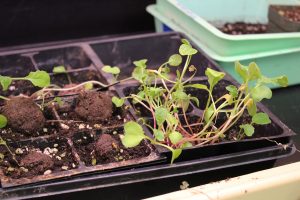
A seed bomb is a combination of potting soil and seeds, bound together by clay. Because it is self-planting, it is thrown or dropped into a general area for germination. Without the need for painstakingly planting each seed, seed bombs reduce the time needed to cultivate an area with the desired plant-life.
LaCelle brought the seed bomb idea to her Biodiversity Living Environment class and presented it as an experimental design project. Students explored variables such as seed varieties and quantities, types of soil and clay, and size. The project introduces students to the experimental model and opens up a discussion of the requirements of life – food, shelter, reproduction or, in short, habitat.
The seed bombs created by LaCelle and her class were not immediately successful. “Size is important,” LaCelle said as she produced a nectarine-sized seed bomb with germinated seeds sprouting from the sides. Successful seed bombs need to have the correct proportion of seeds, soil, and clay, but also be small enough to completely dry before the seeds inside germinate.
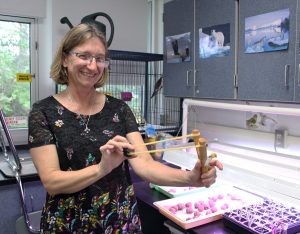
After developing a formula for wildflower seed bombs that successfully germinated in the lab, LaCelle and her class “planted” them in a field by seeing who could launch their seed bomb furthest with a slingshot. The class has roped off a research area by the school greenhouse and planted seed bombs. The class plans to collect data on germination this spring.
LaCelle presented her seed bomb curriculum to the Cornell Institute of Biology Teachers at Cornell University on October 27.
Provided information


